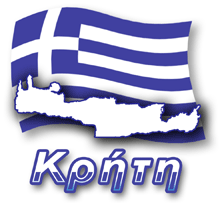
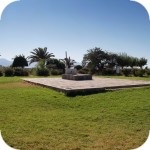
Crete has always had a special place in the heart of Nikos Kazantsakis. Born on February 18, 1885 in Heraklion, thanks to the care of his parents, he came a long way to becoming one of the most important writers of contemporary Greek literature. Always faithful to his passions and beliefs, he rarely counted on the opinions of other people. In his life, he pointed to dreams and journeys as one of the greatest inspirations, which in 1957 contributed to the fact that the history of his life and work ended.
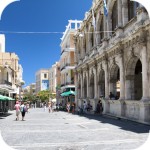
The symbolic beginning of the street August 25 marks the former Lion Square with the famous Morosini fountain, its end is defined by the sea and harbor buildings. I do not think there is a nicer pedestrian street in Heraklion. Going down the street, we can see the blue of the sea from a distance and the multitude of various pubs invites to take a break in sightseeing. But have you ever wondered if you walk this beautifully landscaped street, where did its name come from? What actually happened that day in 1898, that one of the main streets of the city of Hercules was named this date? Street on August 25 in Heraklion

The Greek flag which flutter on December 1, 1913 above the fortress of Frikas in Chania, was a tangible proof of how strong ties link Crete to continental Greece. Despite hundreds of years of dependence on other superpowers, the Cretans never gave up their culture and their traditions.
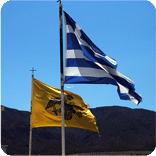
Early on the morning of October 28, 1940, at about 3 o'clock, just after the end of the sumptuous banquet that took place at the German embassy, Emanuele Grazzi went to the house of Joanis Metaksas. The Italian ambassador gave the Greek Prime Minister an ultimatum that contained a number of demands. Among them were the possibility of free passage of Italian troops to the Greek-Albanian border, control over airports, ports and other strategic places located on the territory of Greece.
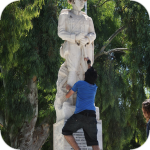
On October 6, 1908, the Republic of Crete declared independence. May 30, 1913 was included in Greece. In 1941, during the Second World War, the island was a scene of a fierce battle between the German paratroopers and the Allied troops defending it.
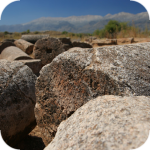
The history of Crete from the classical period to the first years of freedom. The increasing significance of Athens causes a drastic reduction in the political and cult role of Crete. In 67 BC, the island gets into the hands of the Romans, who are beginning to introduce their orders. Gortyna becomes the capital of the Roman province called Crete-Kyrene. The Romans are building infrastructure: roads, aqueducts, temples and theaters. Agriculture and culture are developing. All of Greece at this time becomes a Roman province, although its rich culture begins to influence the achievements of the Romans
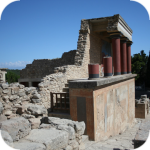
Description of the history of Crete. The genesis of the creation of culture, the most important events from the far and near past of this island. Until the middle of the first decade of the 21st century, little was known about the older Stone Age in Crete. Initial information was sporadic and uncertain. Only later discoveries made it possible to establish that the first inhabitants appeared on the southern coasts of the island already in the lower Paleolithic (about 130,000 years ago).